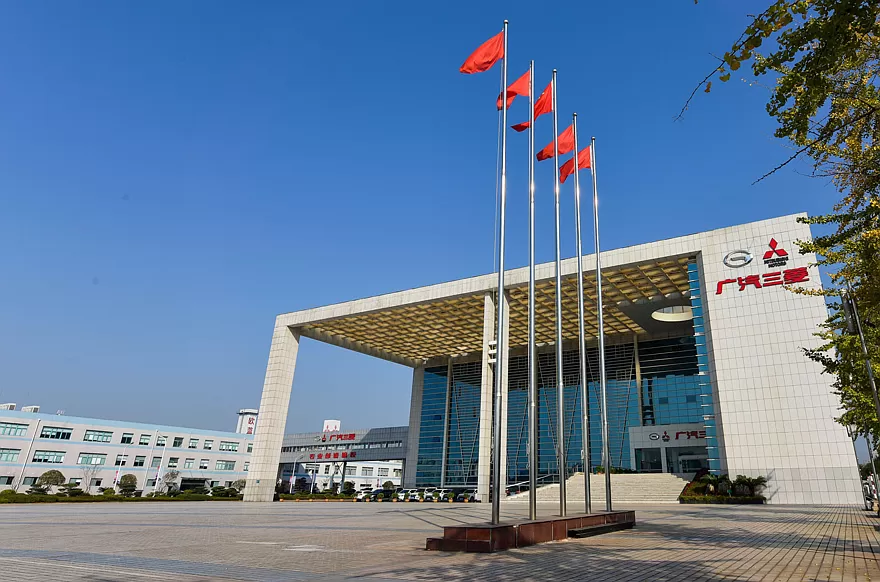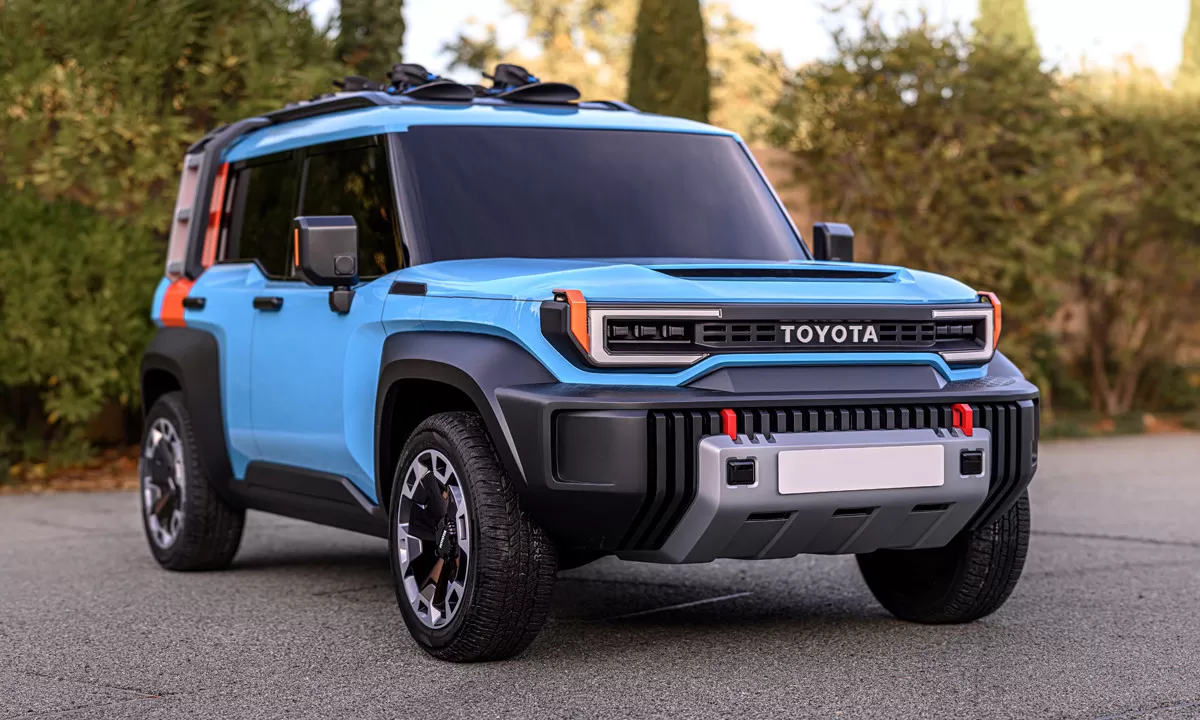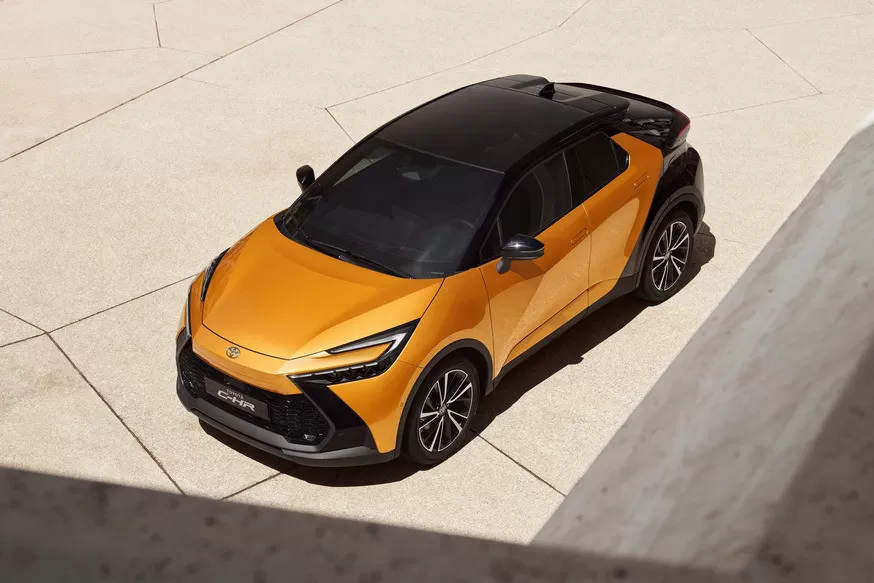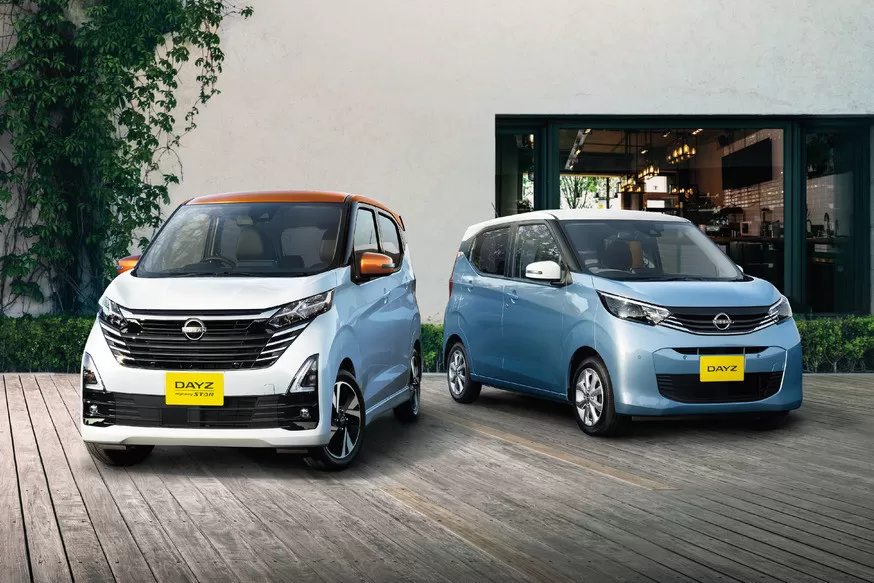The Japanese company couldn’t adapt to the Chinese market and decided to exit it. Mitsubishi vehicles were produced in China as part of a joint venture with GAC, which was established in 2012.
The headquarters and the sole plant of the GAC Mitsubishi joint venture are located in Changsha city, Hunan province. The plant has been idle for several months—according to some reports, since March, and according to others, since July, with a gradual reduction in staff. The peak of the joint venture’s activity was in 2018 when it managed to sell over 140,000 Mitsubishi vehicles in China. The results for January to August of this year, according to CAAM (China Association of Automobile Manufacturers), are disappointing, with only 11,978 vehicles sold, a decrease of 41.5% compared to the same period last year.

Last fall, Mitsubishi launched the new generation Outlander PHEV in China as a last-ditch effort to improve its position, but it failed to garner much interest, and sales were dismal. Mitsubishi currently does not have its own modern electric vehicles, and the electric crossover Airtrek (pictured above) is essentially a rebadged GAC Aion V. GAC’s sales in China for the first eight months of this year reached 538,455 vehicles, a 41.4% increase compared to the same period last year—clearly highlighting the difference in performance.

Japanese, European, and American brands are currently facing strong competition in the Chinese market from local brands. Mitsubishi Motors, in particular, struggled to compete, and as reported by Nikkei Asia today, the company has decided to exit the Chinese market. While an official announcement has not been made yet, negotiations are underway for Mitsubishi to transfer its Chinese assets to GAC, which plans to retain some of the plant’s employees in Changsha and gradually convert it for the production of its electric vehicles.
Mitsubishi will soon introduce its own new electric vehicles, as indicated in the updated development plan released in March. However, it is unlikely that these vehicles will generate much interest among Chinese consumers. Chinese brands have demonstrated the ability to respond more rapidly and effectively to market demands, pushing foreign brands out of the market.
Mitsubishi’s key markets now include Southeast Asia (ASEAN), Oceania (including Australia and New Zealand), Africa, the Middle East, and South America. The company will focus on preserving and strengthening its positions in these regions.











